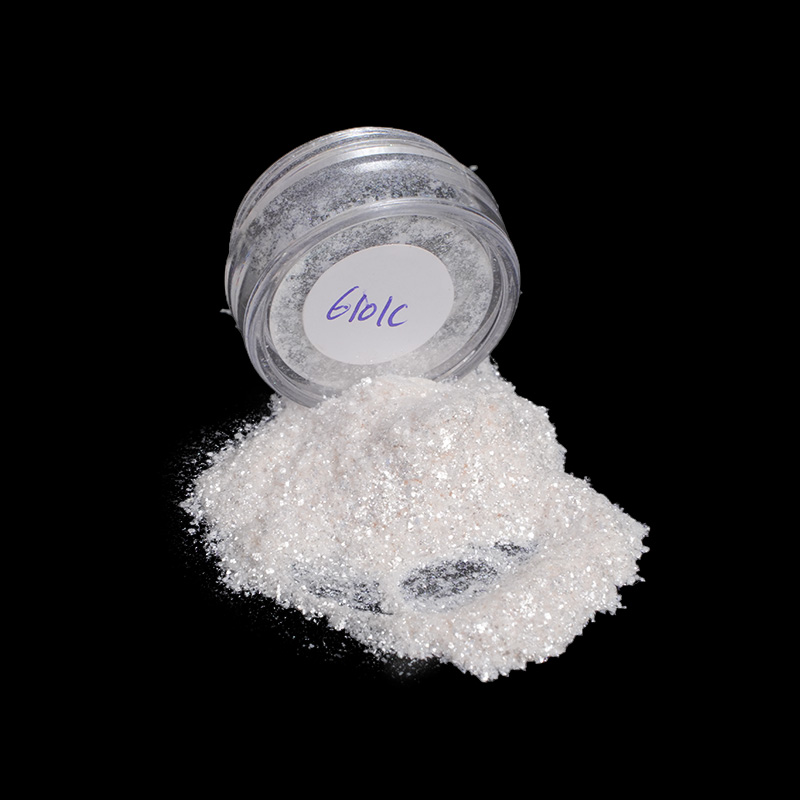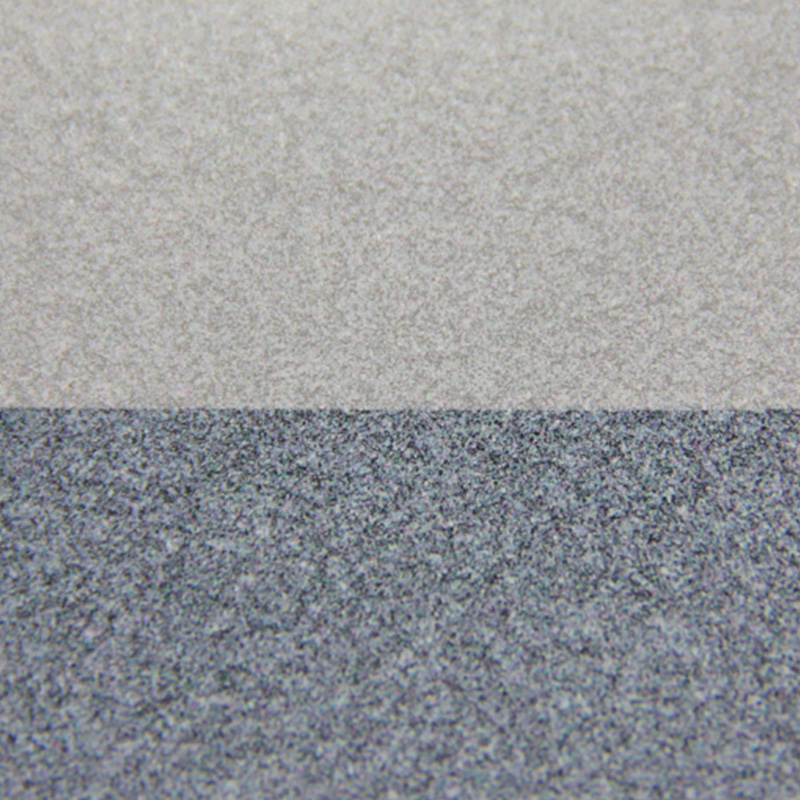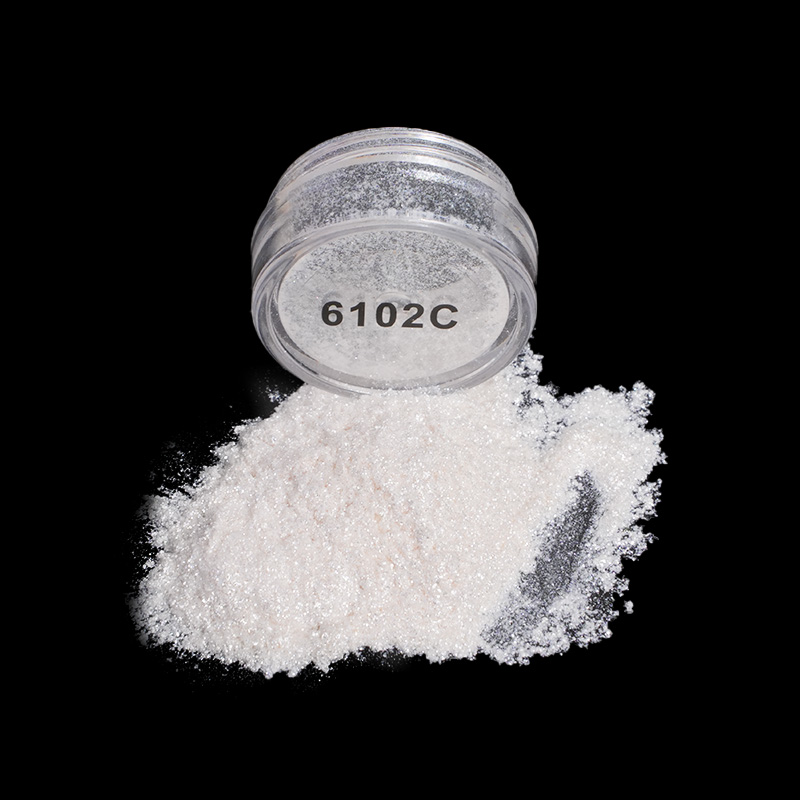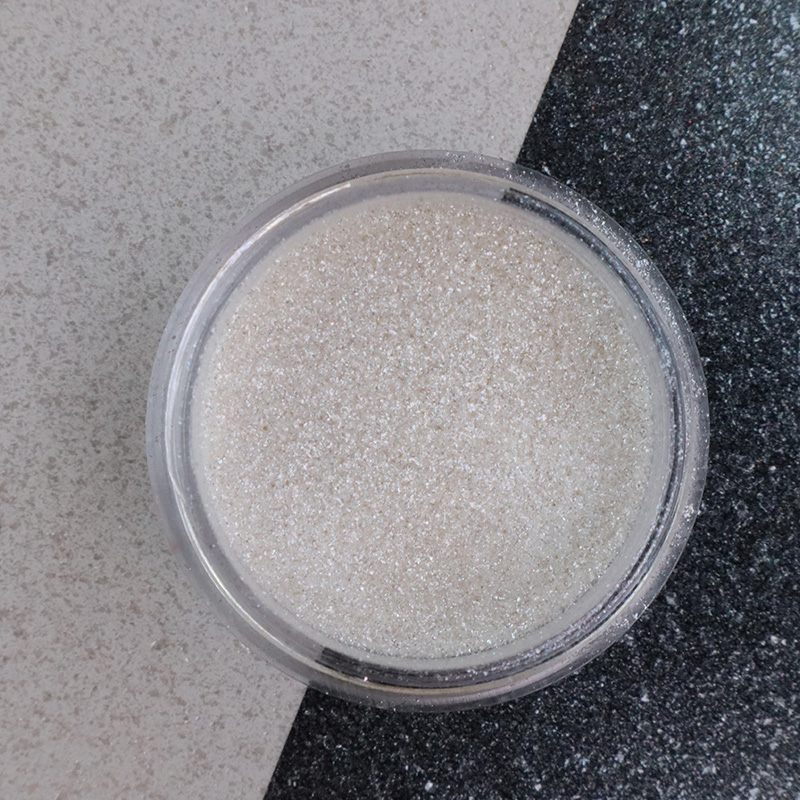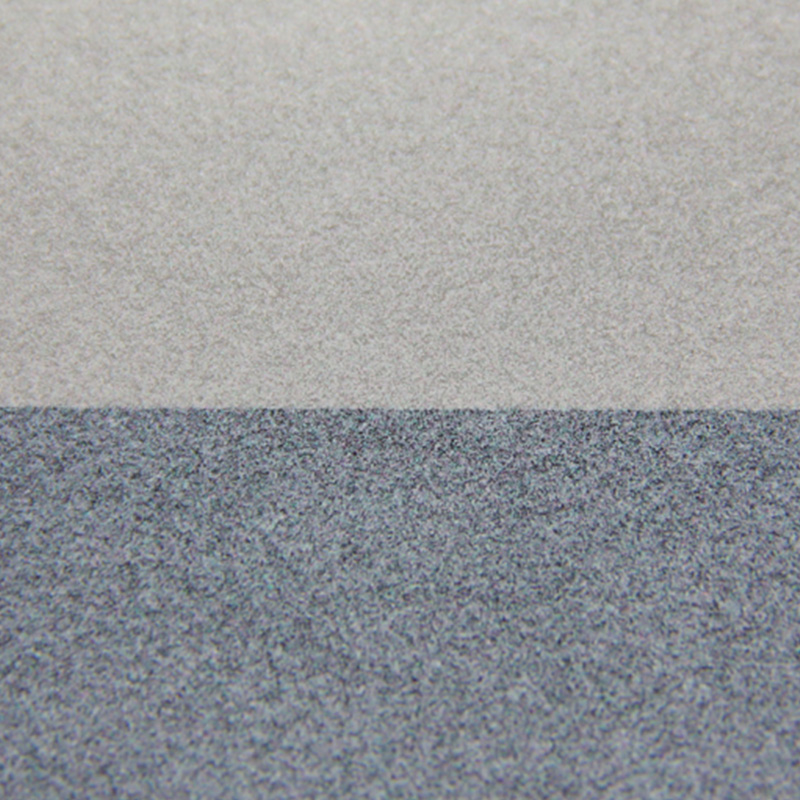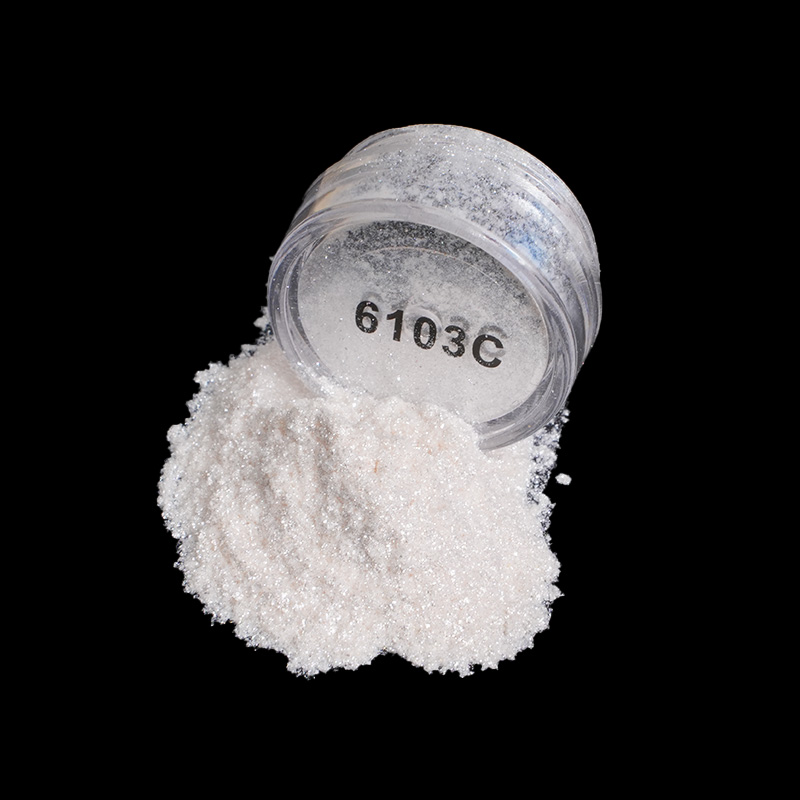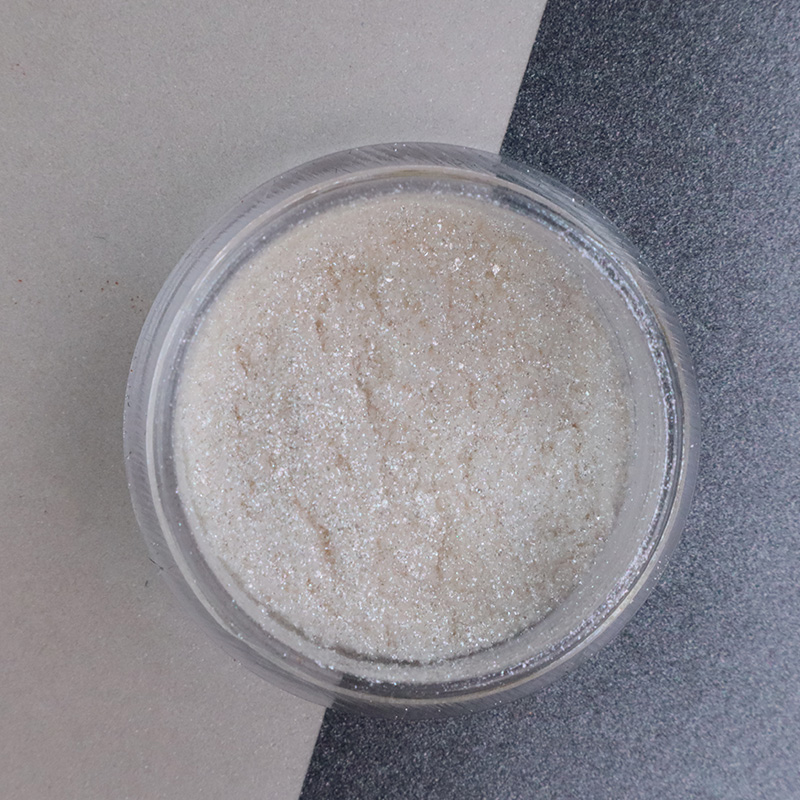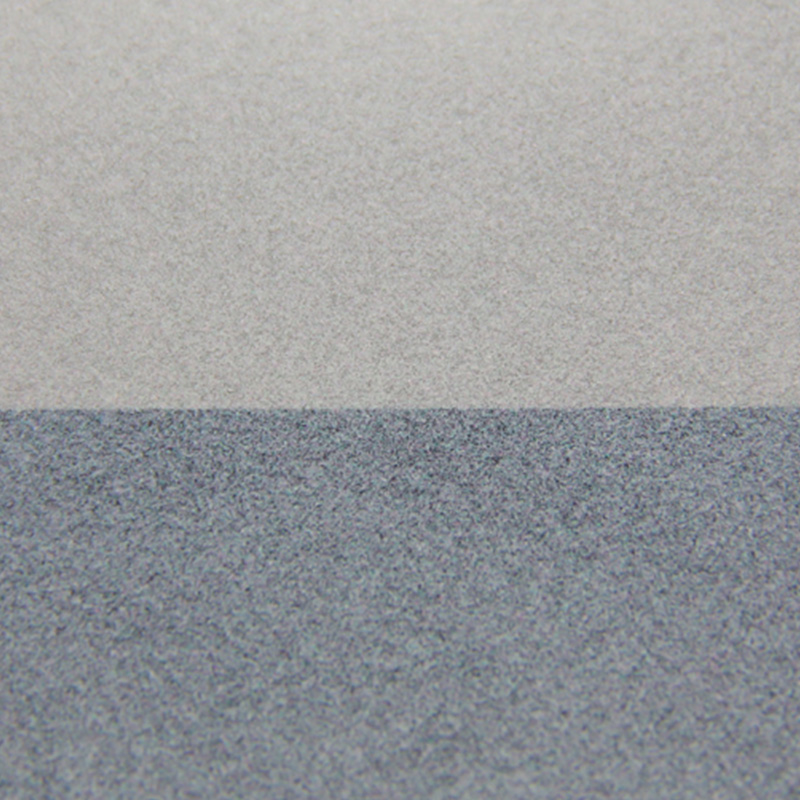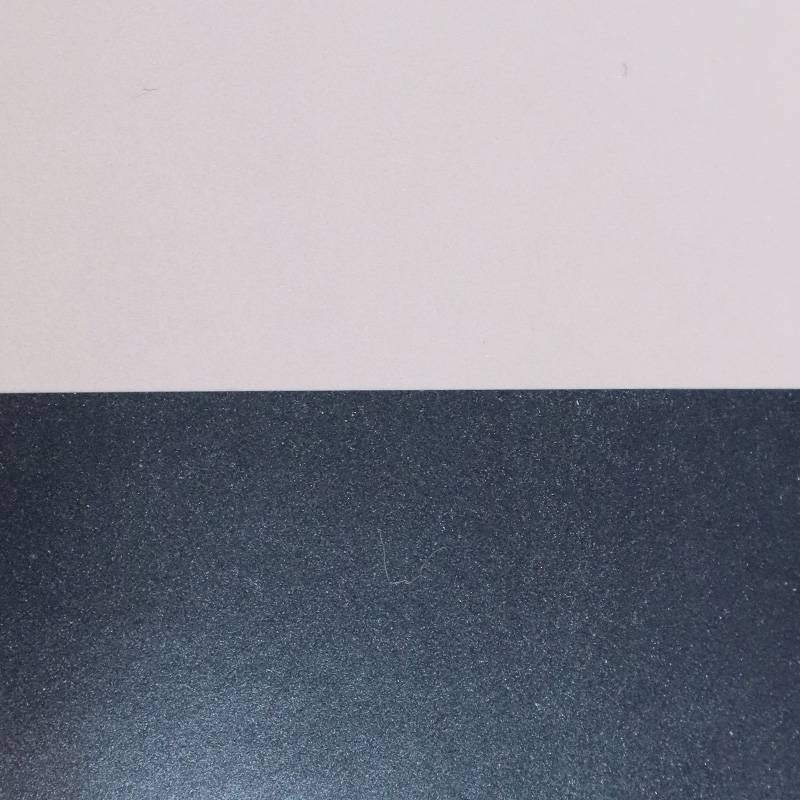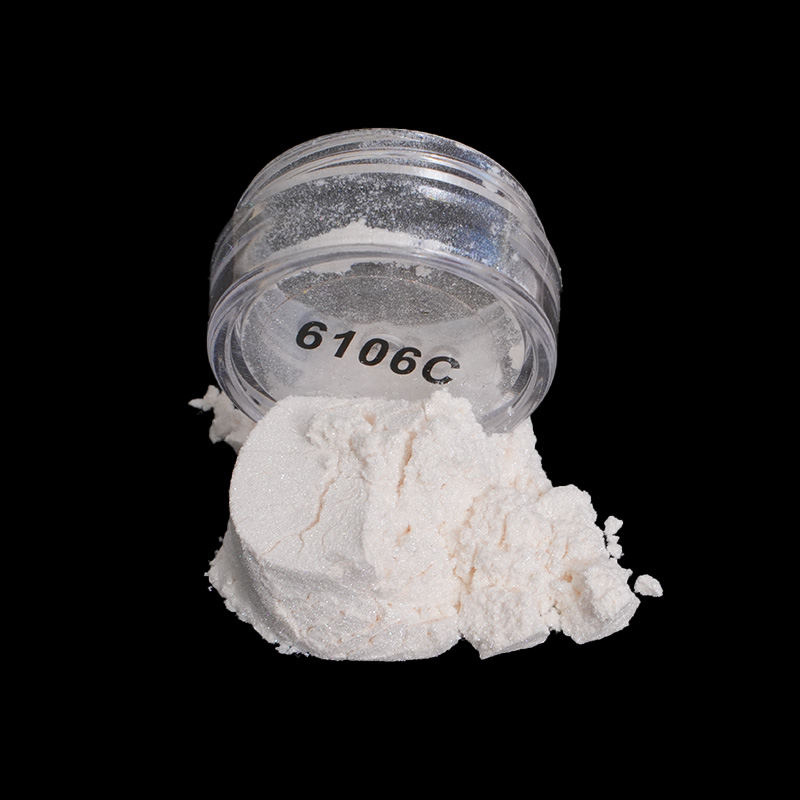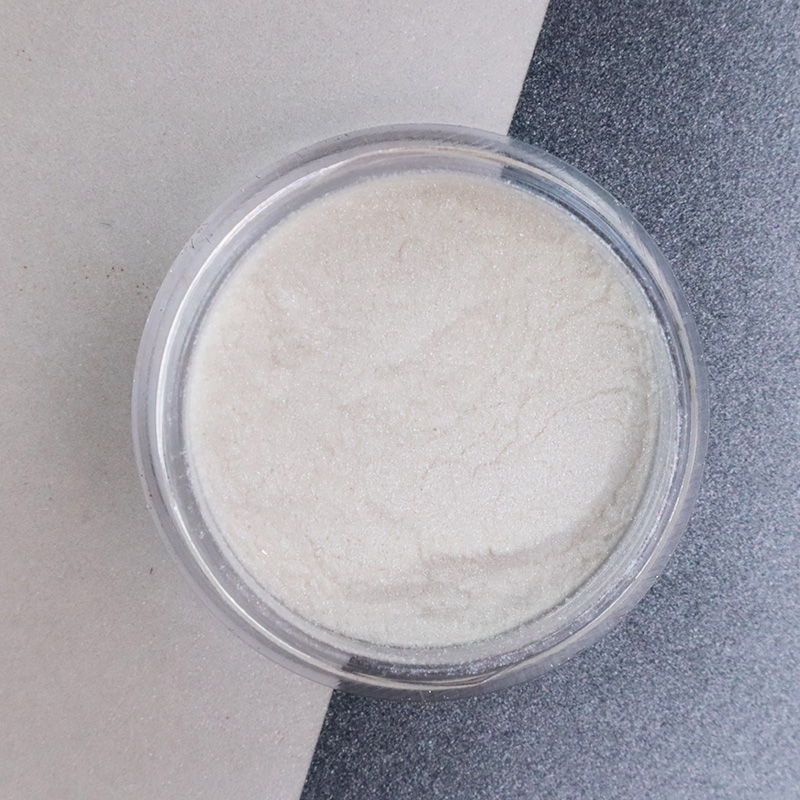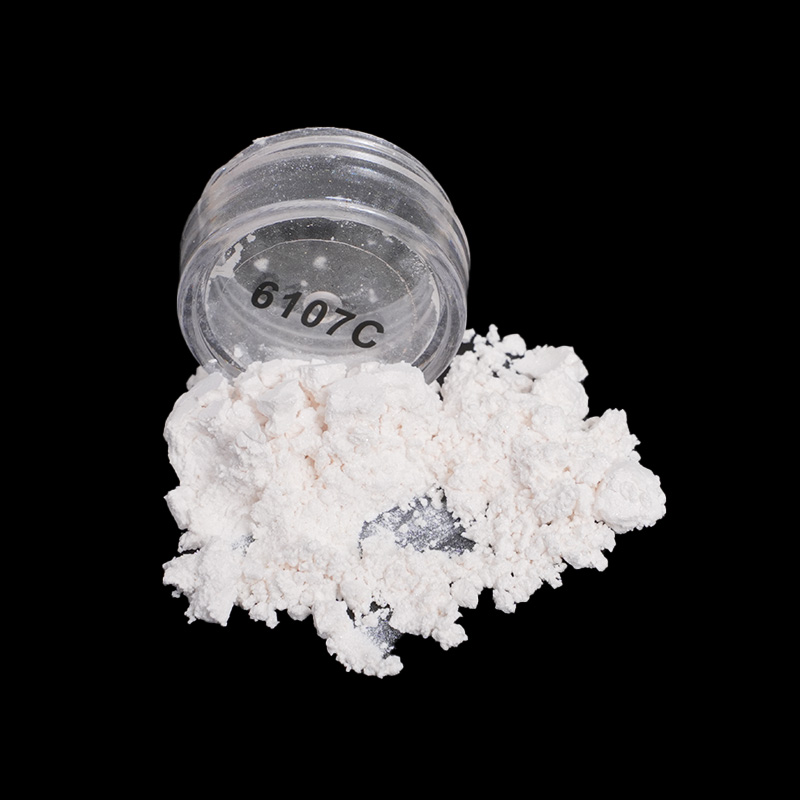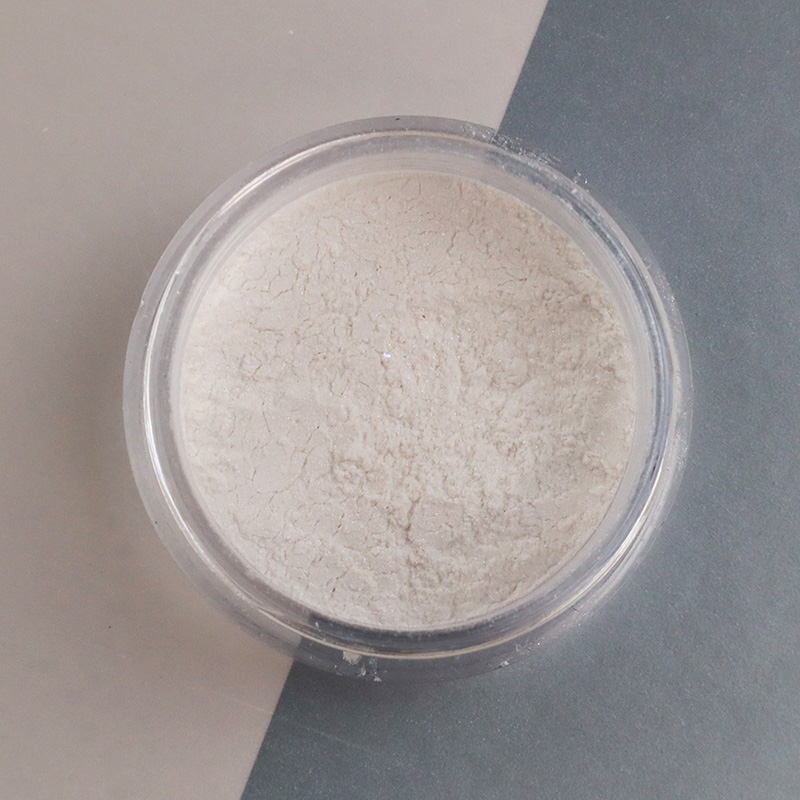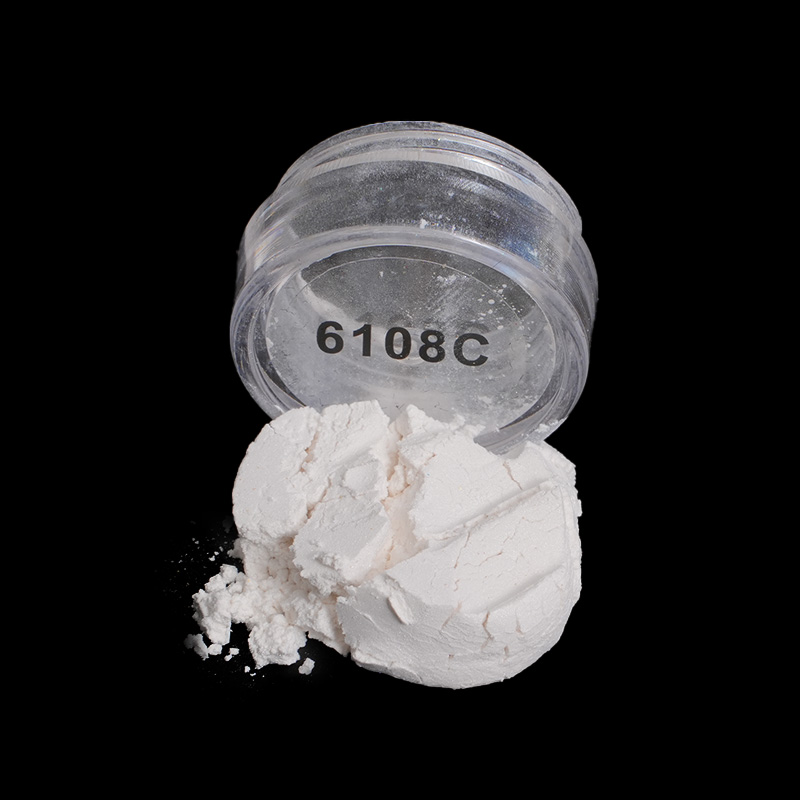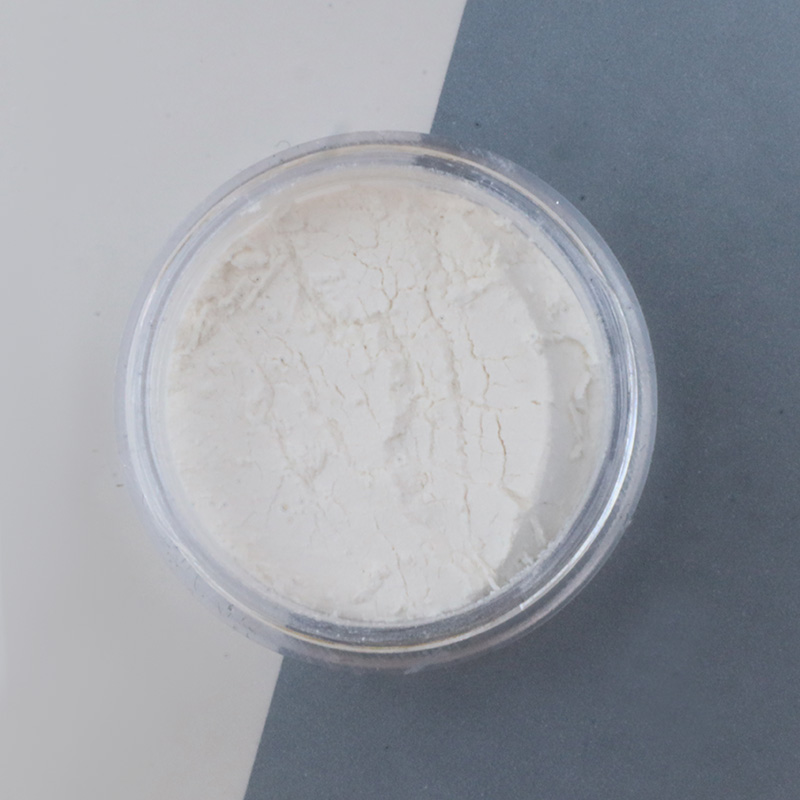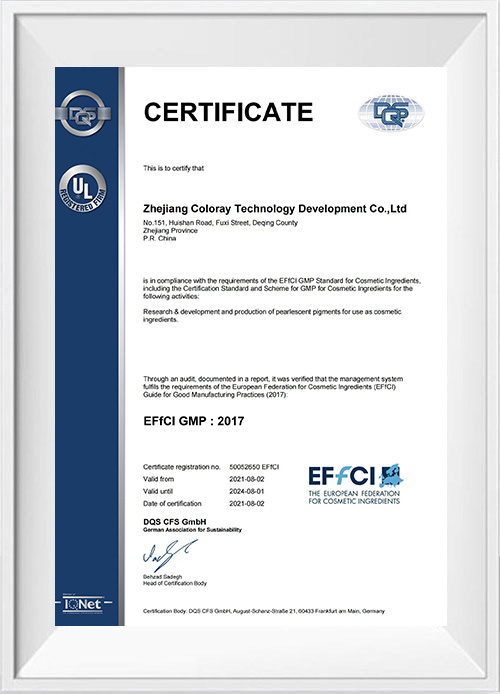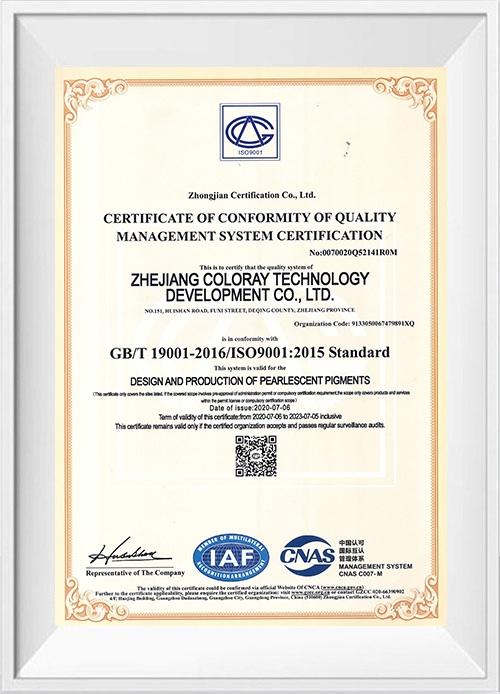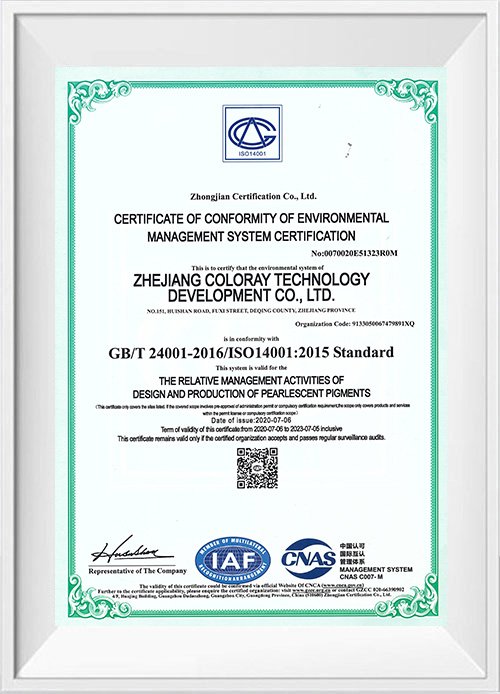How is the low toxicity of crystal silver-white pearlescent pigment achieved?
The low toxicity of crystal silver-white pearlescent pigment is mainly achieved in the following ways:
Use high-purity raw materials. The commonly used substrates in pigments are natural mica or synthetic mica, which are harmless to the human body. Metal oxide coatings, such as titanium dioxide (TiO₂) and iron oxide (Fe₂O₃), are also considered to be low toxic and are commonly used in food, cosmetics and pharmaceutical products.
Removal of impurities During the production process, the purity of raw materials is strictly controlled to remove harmful impurities and ensure the safety of the finished pigment.
Environmentally friendly manufacturing process, the use of harmless chemicals. During the manufacturing process, chemicals that are harmless to the human body and the environment are used, and toxic solvents and additives are avoided. Strict process control and quality testing are adopted in the manufacturing process to ensure that each batch of products meets safety standards and reduces the residue of harmful substances.
Particle size control, avoid nano-sized particles. Control the particle size of the pigment and avoid using nano-sized particles, because nano-sized particles may penetrate the skin into human tissues and cause health problems. Usually, the particle size of pearlescent pigments is in the micron level to ensure safety.
Comply with safety regulations. The production and use process complies with international safety standards and regulations, such as the EU Cosmetics Regulation (EC 1223/2009), the US Food and Drug Administration (FDA) regulations, etc., to ensure the low toxicity and safety of the pigments. Through third-party testing and certification, the safety and low toxicity of the products are ensured, and relevant safety certifications and marks are obtained.
Skin sensitivity test. The pigments are tested for skin sensitivity to ensure that they do not cause skin allergies or irritation and are suitable for use in cosmetics and personal care products. In vivo and in vitro safety assessments are conducted to ensure that the pigments do not cause harm to the human body when in contact with the skin for a long time.
Degradable and environmentally friendly packaging. Degradable and environmentally friendly packaging materials are used to reduce the pollution of packaging to the environment and ensure the environmental friendliness of the entire product life cycle.
How to conduct skin sensitivity test for crystal silver-white pearlescent pigment?
Skin sensitivity test for crystal silver-white pearlescent pigment is usually conducted by the following steps:
Select test subjects. Select a representative group of test subjects, including people of different ages, genders and skin types, to ensure that the test results are representative.
Prepare test samples. Take samples from the produced crystal silver-white pearlescent pigment and prepare pigment samples of different concentrations, which usually include undiluted original pigment and dilutions of different concentrations. Such as water or colorless matrix (such as moisturizing lotion)
Perform skin patch test. Mark different test areas on the inner forearm or other appropriate skin area of the test subject, usually with random numbers or stickers. Apply different concentrations of pigment samples or dilutions to each test area. Use medical tape or biological tape to fix the pigment application area on the skin to ensure that the pigment is in full contact with the skin.
Observe the reaction. Record the skin reaction of the test subject, including erythema, itching, swelling, desquamation, etc. Observe the time and severity of the reaction, usually evaluated after 48 hours and 72 hours.
Analyze the results. According to the test results, evaluate the irritation and allergy of crystal silver-white pearlescent pigment to the skin. The results are usually divided into the following situations:
No reaction: There is no abnormal reaction on the skin of the test area.
Slight irritation: Slight erythema or itching appears in the test area, but it does not affect the overall comfort.
Moderate irritation: Obvious erythema, itching or swelling appears in the test area, causing mild discomfort.
Severe irritation: Severe erythema, blisters or other allergic reactions appear in the test area, and the test needs to be stopped immediately and corresponding treatment should be taken.
Conclusion and report. According to the test results, make a detailed test report, including the information of the test subject, the information of the test sample, the test method and the result analysis. According to the test results, evaluate the skin safety of crystal silver-white pearlescent pigment and determine whether it is suitable for use in cosmetics and personal care products.
Precautions. Before the test, the informed consent of the test subject should be obtained, and the test process and possible risks should be informed. During the test, keep the test area dry and clean to avoid interference from other cosmetics or skin care products. If the test subject has a severe allergic reaction or discomfort, the test should be stopped immediately and the corresponding emergency treatment should be carried out.
